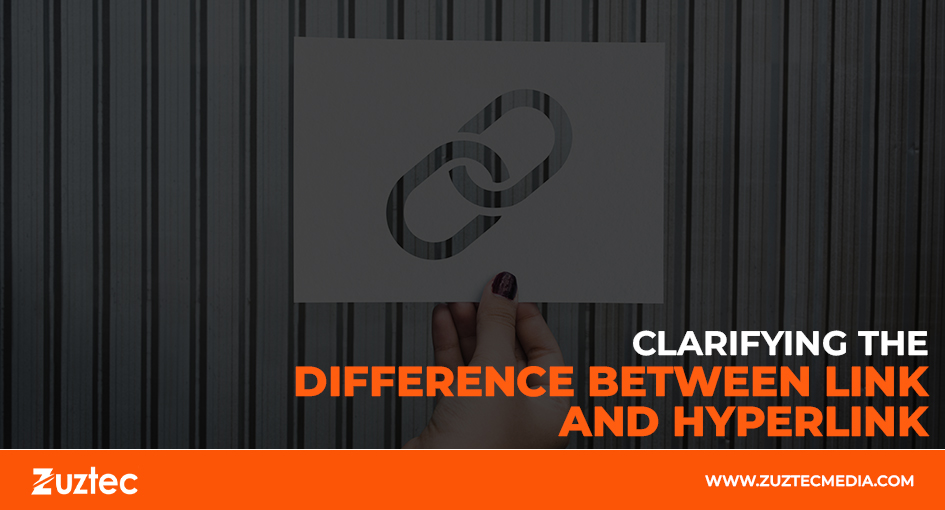
Clarifying the Difference Between Link and Hyperlink
In the world of digital communication, terms like “link” and “hyperlink” are often used interchangeably, but they represent distinct concepts with specific functions. Understanding the difference between link and hyperlink is crucial for anyone involved in web development, digital marketing, or online content creation.
A “link” is a general term that refers to any reference or connection to another resource, whether it’s a URL, a document, or a multimedia file. It encompasses a variety of formats, such as URLs shared in emails, social media posts, or embedded in documents. Essentially, a link is any element that leads users to additional information or resources, regardless of how it’s presented.
A hyperlink is a hyperlink embedded in web pages or digital documents that allows users to navigate to another page or resource with a single click, often highlighted or underlined text or images, enabling seamless transitions between different parts of a website or external sites.
Clarifying the difference between link and hyperlink helps in understanding their respective roles in web design and user interaction. While both are essential for guiding users to additional content, hyperlinks are particularly vital for enhancing user experience by facilitating easy navigation and interactive elements on web pages. This distinction not only improves technical understanding but also aids in creating more effective and user-friendly digital content.
What is the Difference Between Link and Hyperlink?
To grasp the difference between link and hyperlink, it’s helpful to start with their definitions and applications. A link is a broad term encompassing any reference or connection to another resource. This could include URLs, file references, or citations found in various digital or physical formats. Links are the fundamental way to connect content, allowing users to access additional information, documents, or multimedia from different sources.
In contrast, a hyperlink is a specific type of link that is primarily used in digital contexts, such as web pages and online documents. A hyperlink is an element embedded in a digital document that directs users to another page or resource when clicked. This is commonly seen as underlined text or clickable images that take users to related content, either within the same website or to an external site.
The Technical Aspects of Links and Hyperlinks
Understanding the technical differences between a link and a hyperlink is crucial for web development and content management. While both serve the purpose of directing users to additional information, their implementations differ:
- Link:
Definition: A general reference to any connection to external or internal resources.
Formats: Links can be URLs in emails, text in documents, or references in various digital formats.
Functionality: Links direct users to additional content but may not always provide interactive or immediate access.
- Hyperlink:
Definition: A specific type of link embedded in a web page or digital document.
Formats: Hyperlinks are often embedded within text or images on web pages, usually highlighted or underlined.
Functionality: Hyperlinks offer direct, clickable access to additional content, enabling seamless navigation and interaction within and across web pages.
Practical Applications and Benefits
In practical terms, understanding the difference between link and hyperlink enhances various aspects of digital content management and user experience:
- Web Design: Hyperlinks are essential in web design for creating interactive elements that enhance user navigation. Effective use of hyperlinks can improve website usability, making it easier for users to find related information and resources.
- Content Creation: For content creators, distinguishing between links and hyperlinks helps in accurately describing and implementing references. Hyperlinks, with their clickable nature, are crucial for engaging users and providing a dynamic reading experience.
- SEO and User Engagement: From an SEO perspective, hyperlinks play a vital role in linking to authoritative sources and related content, which can improve search engine rankings and user engagement. Properly managed hyperlinks can contribute to better site structure and user retention.
In conclusion, while the terms “link” and “hyperlink” are often used interchangeably, understanding their differences is key to effective web design, content creation, and user interaction. The distinction between a general link and a specific hyperlink impacts how users navigate digital content and how web pages are structured. Hyperlinks, with their interactive capabilities, are integral to modern web functionality, offering a seamless experience for users seeking additional information. By clarifying the difference between link and hyperlink, businesses and content creators can enhance their digital strategies, improve user experience, and leverage these tools to better engage and inform their audience.

